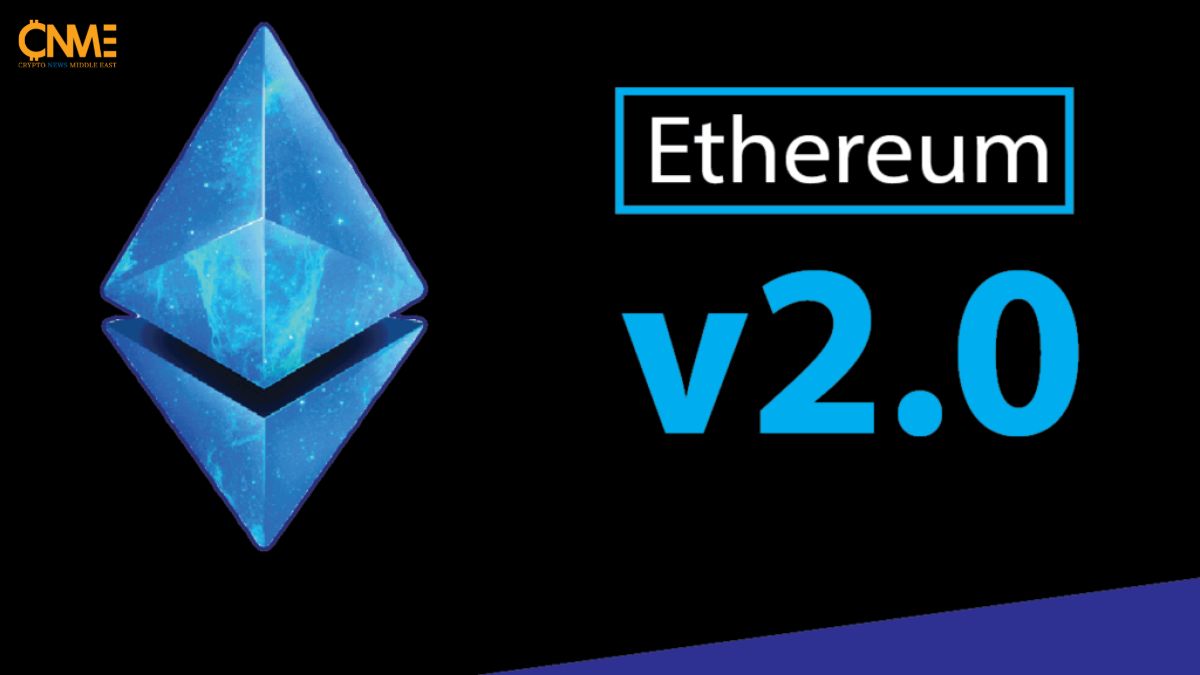Cryptocurrency is a digital currency designed with encryption algorithms and cryptography. Depending on its use, cryptocurrency can be for utility, payment, security, or a stablecoin.
Cryptocurrencies often come in coins, and the latter’s worth highly depends on the market capital. One of the blockchain platforms with the most significant market capital for hosting cryptocurrencies is Ethereum. Ethereum is used by many companies for smart contracts and is also utilized for decentralized finance and applications. This article gives an overview of Ethereum 2.0 and the intricate details you need to know about the platform
Table of Contents
ToggleWhat is Ethereum
Ethereum is a blockchain platform often used to create a peer-to-peer network. Networks created using Ethereum are decentralized and can perform secure transactions regarding the execution and verification of application code used in smart contracts. The decentralized feature of Ethereum ensures that it is not subject to any central authority, which further adds to its appeal. It is a coalition platform for games, social networks, and financial services.
How the Ethereum Merge will affect DeFi
What do you Need to Know about Ethereum 2.0
Ethereum 2.0, as the name suggests, is an upgraded version of the Ethereum network. Ethereum 2.0, otherwise called ‘Eth2’, aims to produce a more effective and scalable network than its previous counterpart. Aside from speed, scalability, and efficiency, there are other significant differences between the last Ethereum and Ethereum 2.0. one of the most important advancements is the conversion from a proof-of-work (PoW) consensus mechanism to a proof-of-stake (PoS) mechanism.
Initially, the proof-of-work mechanism entails verifying transactions on a blockchain by solving complex mathematical problems called hashes. This process involves a large amount of electricity for validation and is often cumbersome and climate unfriendly. On the flip side, with the proof-of-stake consensus mechanism, Ethereum has the opportunity to slash its carbon footprint by 99.95%.
Proof-of-Stake allows Ethereum users to keep a certain amount of cryptocurrency for a while. All users who have locked up the crypto can participate in a transaction verification process. In this process, a user is selected to validate transactions and can add a new blockchain to the network, but this is solely dependent on the amount of cryptocurrency staked by the user and the length of the stake time.
Ethereum 2.0 will come in three different stages. The Beacon Chain Stage has been initiated and allows for movement from PoW to the PoS consensus mechanism. The second stage is the Merge stage, which combines the Beacon Chain with Ethereum Mainnet. Lastly, the Shard Chains stage will divide the operations on Ethereum into several new chains and make it faster to create an Ethereum node. The last phase should be completed by 2023, making the network more secure, faster, and decentralized.
Bitcoin VS Ethereum: Are They Really Different?
Conclusion
Ethereum 2.0 has been long expected, given the increasing criticisms of bitcoin mining and its unsustainability. Ethereum 2.0 projects fastness, efficiency and reduction in bottlenecks through validation technics. If the network successfully bags the Eth2, there is no telling the limits of the network in terms of speed, security and effectiveness.











